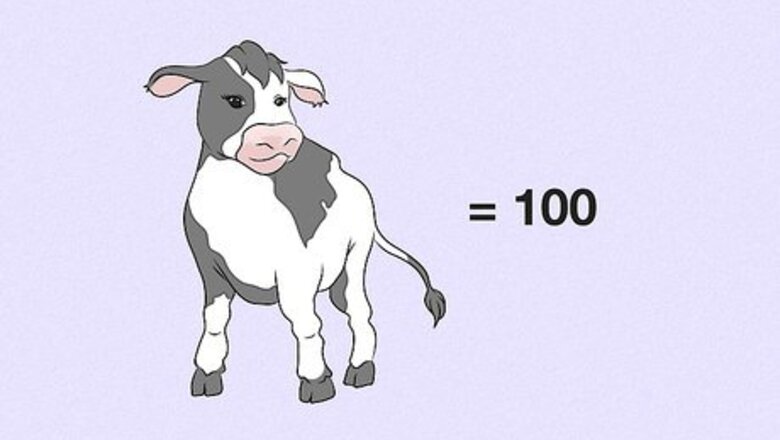
views
That's where this article can help you out. Using the stocking rates for your area and the number of animals you have, among other things, you can figure out how much land you will need for your animals for the time allotted to graze them. An example will be used to better help you understand the calculations that are done to figure out the size of pasture needed for a group of animals.
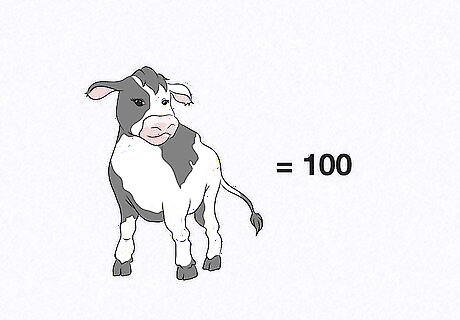
Figure the number of animals you wish to graze. This is one of the important factors that will affect the amount of land you need to graze your animals. For example, you may have 100 head of livestock to graze.
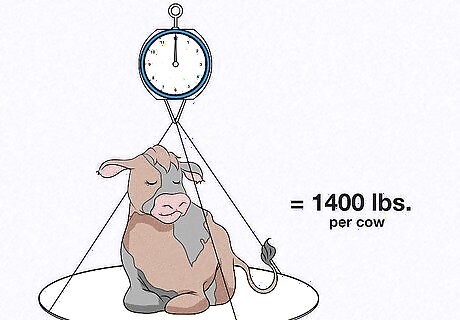
Estimate the average weight of each of your animals. Another crucial piece to this puzzle is knowing how much your animals weigh. This can mean the difference between overgrazing your pastures and under-grazing them. Over-estimating the average size of your animals can be detrimental to your pastures. This is considered to be somewhat worse than under-estimating their weights. As will be discussed later, cow size has much to do with the standard metric used for calculating stocking rates. For the purpose of this article, let's assume you are grazing mature cows that average 1400 pounds per cow.
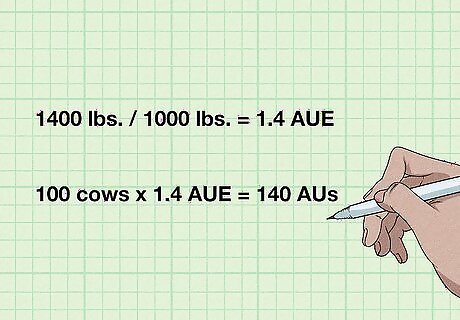
Calculate the total number of animal units you have. The animal unit (AU) is the standard unit for stocking pastures. It is based on the amount that a cow or cow-calf pair will consume on a daily or monthly basis. The AU is based on the size of cows back in the early 20th century. Cows have gotten much bigger today. One Animal Unit (1 AU) is equal to one 1000 pound cow with or without a calf consuming about 25 pounds of forage per day (or ~800 pounds of forage per month). To calculate the average animal unit equivalent (AUE) of your herd, divide the average weight of each of your cows by the Animal Unit weight. For example: 1400 pounds / 1000 pounds = 1.4 AUE (animal unit equivalent). To calculate the total number of animal units you have, multiply the number of animals you have by the animal unit equivalent (see above). For example: 100 cows x 1.4 AUE = 140 AUs. Please note that an AUE (animal unit equivalent) is the adjustment calculated from the standard animal unit based on the average weight of each of your animals. AUEs can be used for any weight of any grazing animal, be they sheep, horses, bulls, goats, bison, elk, deer, weaned cattle, or llamas.

Determine the stocking rate for your area.Stocking rate is determined by the amount of forage growing in your pastures and the amount of that forage resource you wish your animals to consume. For more information on how to calculate stocking rates for your operation, please see How to Calculate Stocking Rates for Your Pastures. For this example, we will assume that you have a stocking rate of 1.0 AUM/acre.
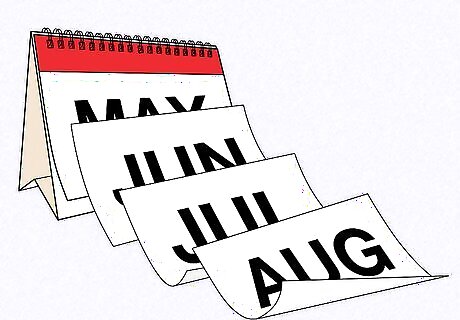
Determine the length of time you wish to graze that pasture for. This usually is measured by months, not days. For much of North America (not including the tropics or subtropics) a typical grazing season is between 4 to 6 months long. More southern grassland areas, like in California and down into Florida and Texas, are able to graze for 12 months long. Thus, let's assume you live an area where you will only graze these 100 cows for four months.
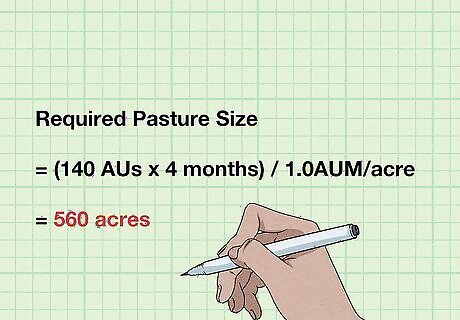
Put it all together to find how just how much space you need for your herd. Once you have figured out how many head of cattle you have, their weights and corresponding animal units, your stocking rate, and how long you intend to graze, you can plug them into a formula to get the amount of land needed for your herd. The formula is: Required Pasture Size = (Number of Animal Units x Length of Grazing Season) / Stocking Rate. Using the example created: Required Pasture Size = (140 AUs x 4 months) / 1.0 AUM/acre = 560 acres.
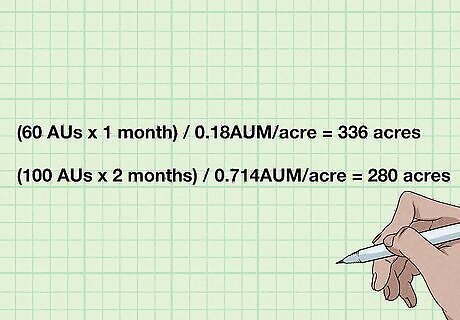
Find out if you can get the required space for your livestock. You may need to perform some recalculations if you cannot get the amount of acreage for your herd. This may involve either reducing the number of cows to graze, or the amount of time they should spend in the pasture. Do not change the weights of your cows in such recalculations! You will only end up getting yourself into a lot of trouble with the landholder if you deliberately under-estimate the weights of your cows, just so you can get as many in as possible. Not only could you seriously compromise the productivity of the land owner's pasture with potentially severe over-grazing, but you may also set yourself up to have your lease terminated earlier than what was agreed upon. Also do not change stocking rate unless you're absolutely sure that it should be changed. Always remember, the shorter the grasses look and the thinner the forage stand, the lower the stocking rate will be. If you reduce the number of cows you have or the time allowed to graze, you can reduce the amount of land needed to raise your animals on. For instance, 60 head of 1400-pound cows can be grazed on 336 acres of land. If you decided to graze your 100 head of 1400-pound cows for only 2 months, you could graze your cows on 280 acres.
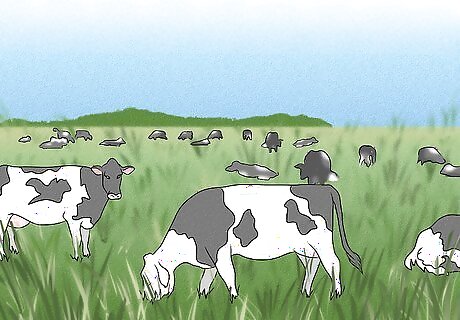
Turn your cows out to pasture and let them graze for the allotted time. Keep an eye on the pasture and the cows. If you find they are not getting enough, you may need to pull them out sooner than expected. These calculations are merely a guide and an estimation. They are not exact, nor ever will be. It's up to you, as manager, to pay attention to the resource (forage) the cows need in order to both keep your cows happy, and not cause significant damage to the land.




















Comments
0 comment